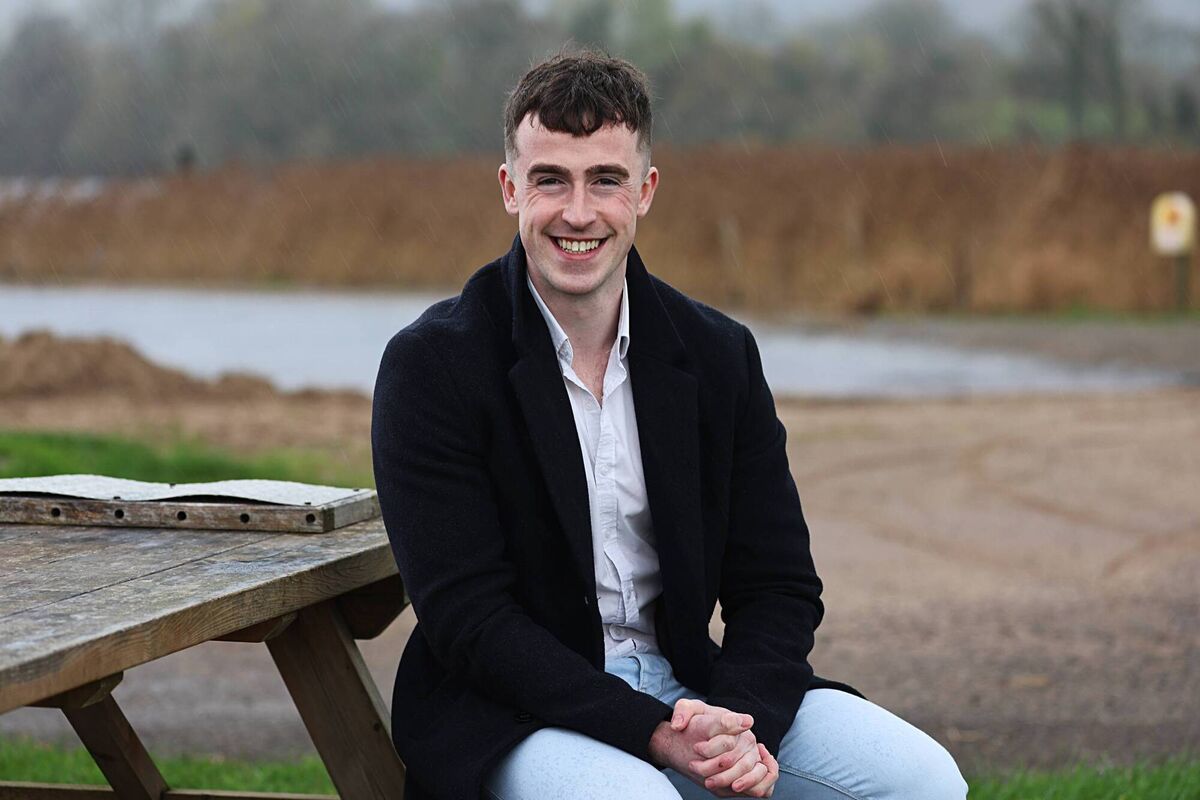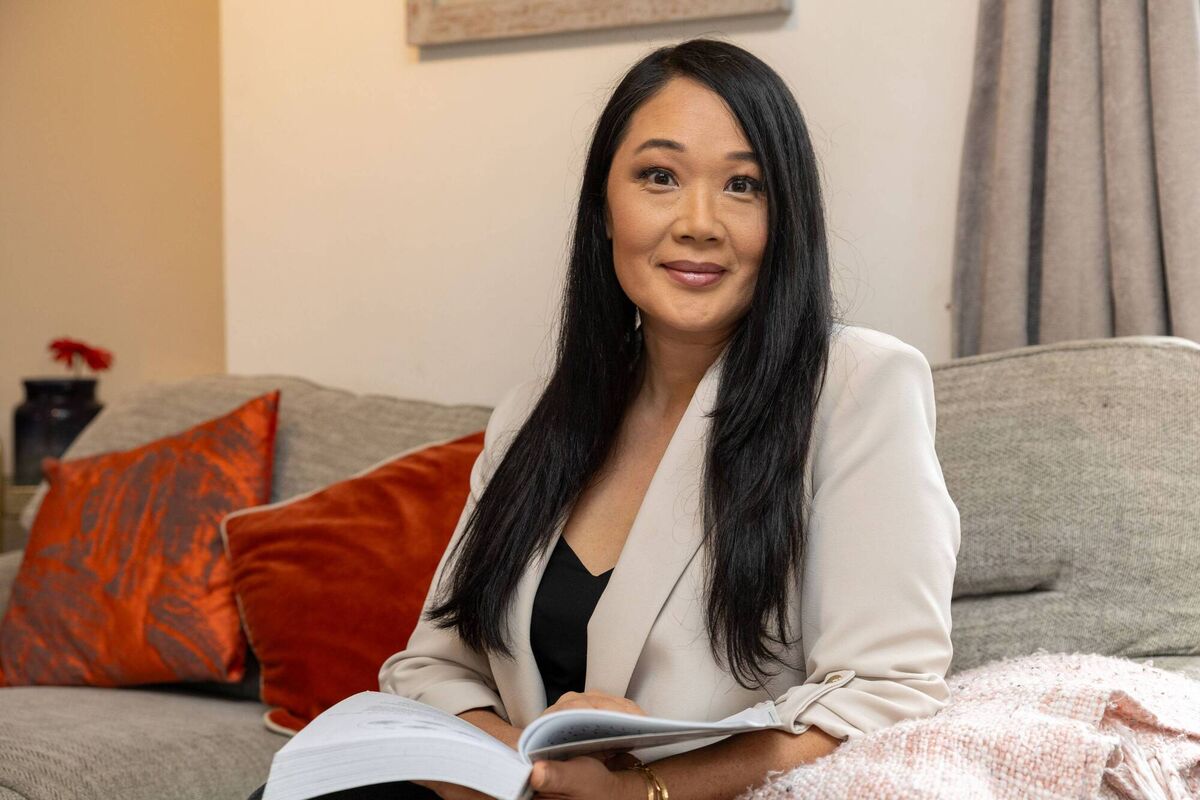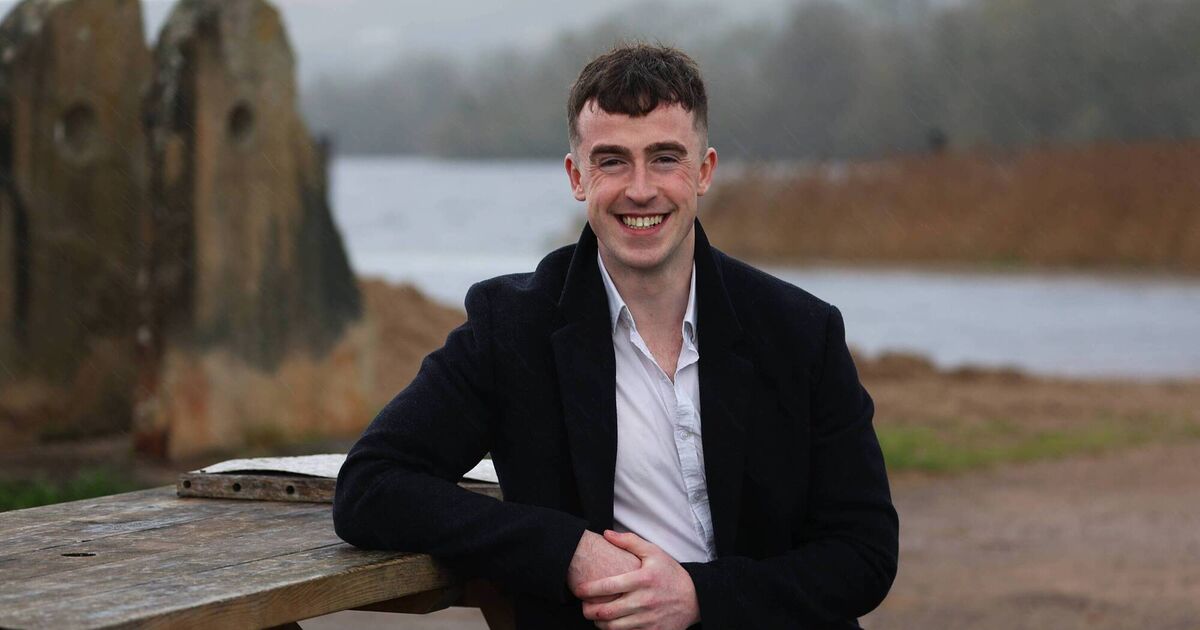Conor Nolan is 26, with a background in software engineering, but the Cavan man doesn’t know why, at the age of 12, his love of football and running took a sinister turn.
“I was big in to football and running. And then I started exercising more and eating less. I kind of knew something wasn’t right: The exercise and training had gone from fun to something I felt I had to do. I had this fear of gaining weight. It was no longer enjoyable.
 Conor Nolan who has lived experience of an eating disorder and features in the new Bodywhys school wellbeing programme pictured at Lough MacNean near his home in Blacklion, Co. Cavan. Picture: Lorraine Teevan
Conor Nolan who has lived experience of an eating disorder and features in the new Bodywhys school wellbeing programme pictured at Lough MacNean near his home in Blacklion, Co. Cavan. Picture: Lorraine Teevan
 Bodywhys CEO Harriet Parsons.
Bodywhys CEO Harriet Parsons.
Changes to eating patterns: Reluctance to eat certain foods, refusing previously enjoyed foods, being uncomfortable at mealtimes, deciding to be vegan or vegetarian to have more control over what they eat, skipping meals, and saying they’ve eaten elsewhere but not eating at home.
Changes to how they are exercising: Over-exercising or exercising in unusual ways, for example, in the late evening.
Showing a lot of anxiety or guilt around food, weight, and exercise. These issues are playing a lot on their mind. The young person doesn’t seem to be themselves or in good form.
Physical changes, such as being tired, lethargic, or cold.
Personality changes — there’s a marked difference. For example, isolating from friends or not engaging with their normal social life, being very quiet and non-communicative, being anxious and upset, or hyper-focusing on schoolwork.
 Julie Lee at home in Ballyroe, Co Kildare. Picture: Alf Harvey.
Julie Lee at home in Ballyroe, Co Kildare. Picture: Alf Harvey.
Visit bodywhysbodyimage.ie/resources-and-support and bodywhysbodyimage.ie. for more information.

